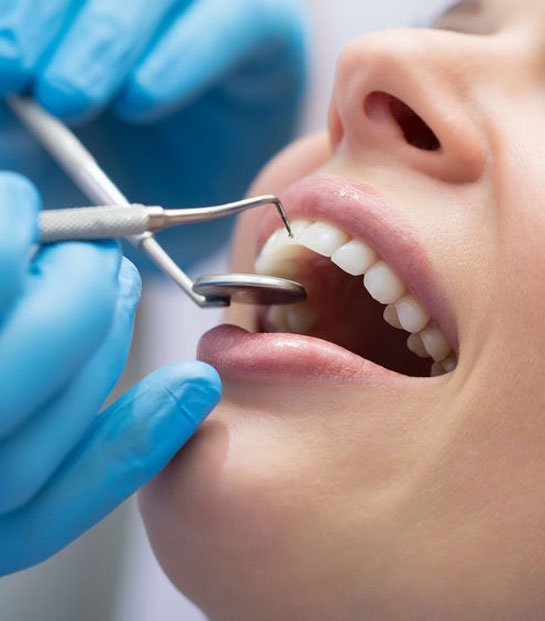
Periodontal disease is an infectious disease that affects the gums, ligaments and bone under your teeth. But it can also negatively affect your self-esteem. That’s because periodontitis creates gaps between your teeth, making them look longer. Teeth may also come loose and patients often suffer from bad breath.
When gingivitis is left unchecked, plaque containing bacteria collects in the space between your teeth and gums. If this plaque isn’t removed daily, it hardens as it comes in contact with minerals in your saliva. Over time, it turns into tartar. Tartar eventually destroys the connective tissue that secures your tooth to the bone.
In some cases, you can’t remove the tartar under your gums with a regular scaling treatment. More in-depth cleaning is required. Curettage is used to plane the root, stabilize the disease and leave behind healthy connective gingival tissue.
Sometimes periodontal disease is caused by functional abnormalities such as unusual swallowing, tongue thrusting or tooth grinding. That’s why your dental practitioner will perform a complete periodontal assessment, measure your periodontal pockets and determine what’s causing the condition.
The steps that follow include:
- Providing instruction on special oral hygiene techniques
- Beginning the periodontal treatment using an ultrasound and curettes, followed by antiseptic rinse
- Performing a check-up one month later to assess your gingival connective tissue
- Maintenance verifications to stabilize the disease